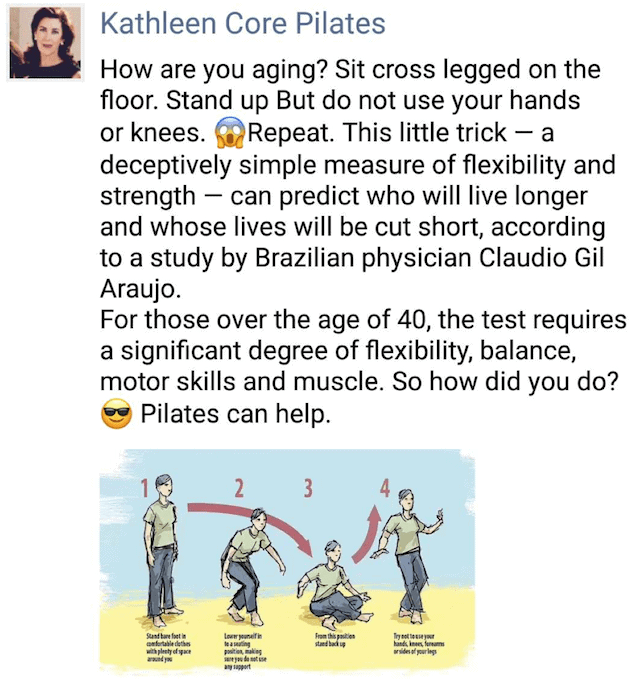
The ankle is traditionally described as a classic hinge joint, being able to plantarflex and dorsiflex.
However, the ankle is intimately connected to the foot and because the foot has many small bones and muscles, there’s a lot more movement that goes on in the area than just simple up and down plantar and dorsiflexion.
How to Improve Ankle Mobility
There is movement at each of the joints pictured, but the other primary movements of the ankle/foot that are relevant to the technique shared here are inversion and eversion, which occur at the joints circled in RED, and arching of the foot, which occur at the joints circled in GREEN.
Ankle Positions: Inversion (Left) and Eversion (Right)
If you only focus on plantar and dorsiflexion and don’t train inversion and eversion, you’re only working your foot/ankle in the sagittal plane and your mobility and strength in the other planes of motion (frontal, transverse) will diminish. Use it or lose it.
Ankle Positions: Dorsiflexion (Left) and Plantarflexion (Right)
When we lose mobility and strength in the other planes, we’re at greater risk of ankle sprains, your balance won’t be as good and your ability to cut or change directions quickly and powerfully when running or moving for sports like soccer, basketball, boxing and tennis won’t be as good as it could be.
While this sounds gloomy the good news is that you’re here and you’re about to learn a drill to train these other important movements to keep the contact point between you and the ground mobile, strong and stable.
Enter the Seated 4-Way MTP Slide
This drill is from Phase 2 of the Lower Limb Control course.
MTP stands for “metatarsal pressure” and is a key concept I teach in Lower Limb Control that’s necessary to learn to be able to drive powerfully through the ground.
I prescribe this as a beginner Functional Integration technique, which is Step 4 in the Precision Movement 4-Step Process for Mobility and Movement Longevity.
Techniques in this step move from single to multi-joint and from open to closed kinetic chain, which helps improve transfer to real world scenarios, hence me using the term “functional”.
An awesome thing about this ankle mobility technique is you can do it whenever you’re sitting, so even if you plan on going for a run or a workout after a day at the office, do this before you leave to help get your feet, ankles and hips primed.
- Sit on a stable surface with feet flat
- Keeping your feet flat the whole time with metatarsal pressure, slide your right foot in 4 directions: forward, backward, right and left, holding the end range for 5 sec – this is 1 cycle
- Switch feet and repeat until 3 cycles complete for each side
Start off with 1 cycle and really push the range and don’t worry about holding for a specific time at first, just make sure you’ve got your foot flat and you’re able to press down through the metatarsals.
And if you’ve got any foot/ankle or knee mobility or pain issues, check out the Lower Limb Control course.
Here’s what Phil Mak, a boxer and Muay Thai practitioner emailed me after Phase 1 of this 3 phase course:
“I’m 5 weeks into the Lower Limb Control program and the results have been impressive!
To give some background, I’m in my mid-forties, I’ve been training boxing intensively for a number of years now, and have recently taken up yoga to balance things out. Before LLC, I found myself struggling to maintain yoga poses that required balancing on one leg. It was a little embarrassing when all the other students were maintaining their single-leg poses elegantly in the class, while I was hopping around all over the place struggling to maintain my balance.
But now, after completing phase 1 of LLC, I find myself able to keep my balance for the entire pose without hopping around like a kangaroo. Even towards the end of the session, when my legs are most fatigued, I can still remain balanced with relative ease. And most surprisingly, when the instructor asks us to move our arms or torso into a certain position while standing on one leg, I find that I can do it without losing my balance (that was one thing that I always had problems with before the LLC program).
Another issue I struggled with before LLC was the ability to stand up from sitting down without using my hands… a few months ago, a friend sent me this image:
I tried and tried, but just couldn’t do this movement. But now after completing phase 1 of LLC, I’m able to do it. It’s still not that easy, but I am thrilled that I can do it now! So, I will keep working on it through phase 2 of LLC.
As for my boxing, I feel like I suddenly have more control and balance in my footwork and it has improved the quality of my pivots, cuts/turns, and making quick in/out movements. I also feel like I am really gripping the floor with my feet, calves, and toes now, making me feel more grounded overall. And I move off the balls of my feet quicker than before without getting as fatigued. Essentially, I’ve seen some satisfying improvements in my footwork as a result of phase 1 of this program.
And finally, in the last few months before LLC, I used to experience minor pain in the top of my foot especially when I walk for long periods of time. I suspect it may be extensor tendonitis, but after I started LLC, the pain has disappeared!
I can’t believe I’m seeing all these improvements just from completing phase 1 of the program! Can’t wait to see what other improvements phase 2 and 3 will bring after I complete them.
Cheers!
Phil”
If you’re looking for results like this, check out Lower Limb Control.




